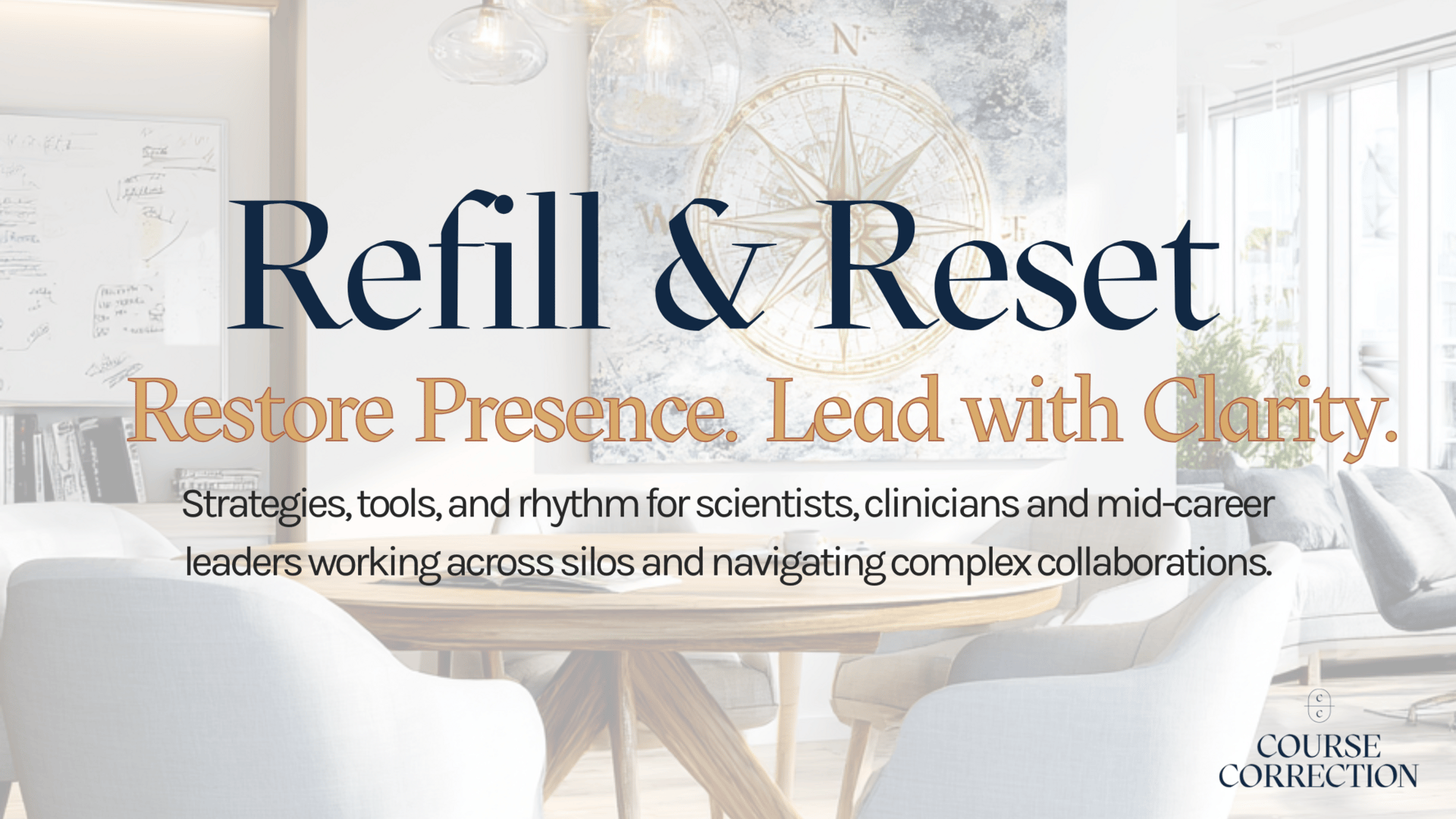The R & R Newsletter: From Composure to Capacity
True composure isn’t stillness. It’s sensing before you respond.

Every leader feels the sting of feedback, but what you do in the next 90 seconds defines your credibility.✨
SEEN + NAMED
Last week’s message was about being shaped, not finished—about letting transformation happen instead of fighting it.
This week is what that looks like in real time: right after feedback, criticism, or corrective guidance—when your body tightens before your mind can name why, and composure becomes a way to hide the discomfort you don’t yet understand.
I study leadership and teams under pressure, and here’s what I see: the most effective leaders don’t rush to restore certainty when things shift.
They pause. They regulate. They respond with intention, not instinct.
SHIFT POINT
Your nervous system reads disruption before your brain labels it. You’ll feel it first: shoulders tightening, breath suspended, muscles tense.
That instinct to hold your breath isn’t weakness—it’s data. It’s your body signaling uncertainty before your mind can catch up. What appears to be composure is often the nervous system working overtime to maintain control.
Snap back too fast—words, decisions, emails fired off in defense—and you risk lasting damage. Before you realize it, your arms are crossed, a sharp sentence slips out, and the blame has already landed somewhere else.
Wait too long—staying frozen in resentment or fear—and you lose the moment to recalibrate. You smile through tension, pretend it’s fine, and beneath the surface, quiet resentment hardens into contempt until collaboration feels impossible.
The real leadership choice exists between those two extremes—in the space between activated anxiety and action.
Will your reflex lead you to ruin, or will your pause lead you to wisdom?
TOOLS & PRACTICE
An Anchoring Script
“I don’t have to fix what’s shifting. I can stay still long enough to understand it.”
The Reset + Reflect Practice
Regulation doesn’t end when your breath evens out. It continues in how you interpret what just happened, and this perspective will absolutely predict how you respond. This week, try this two-part reset before and after feedback or disruption:
Part 1: Regulate (0–90s)
Ground: Feel both feet flat. Loosen your jaw. Drop your shoulders.
Sense: Ask, “What’s actually happening, what am I feeling, and what is going on around me?” Notice one cue: heart rate, breath, or tension.
Name: “Something’s changing, and I’m listening, even if I don’t like or completely understand what I hear.”
And if the exchange is over email: hands off the keyboard, two breaths, shoulders down. Wait until your pulse returns to normal before sending.
Part 2: Debrief (2–5 min)
Ask: “What might I not be seeing?”
Share: Debrief with a trusted peer or mentor before reacting.
Reframe: Replace “What went wrong?” with “What’s being revealed that might hold some truth?”
This simple pattern helps you metabolize feedback instead of reacting to it.
Field Note: What I’m Seeing
Across cohorts and executive rooms, the same reflex appears when feedback lands: shoulders rise, breath shortens, and the body braces.
Leaders who rush to recover certainty create avoidable harm—broken trust, strained alliances, reputational scars.
The most effective ones use that brief gap between activation and action as decision time. They regulate before they respond. And pausing to react with intention often prevents months of repair.
LEADERSHIP RESET
Stillness isn’t absence. It’s intelligence.
A centered leader regulates the room simply by staying regulated themselves.
This week, schedule one quiet, restorative walk outdoors. Let the noise settle a bit and listen for what clarity sounds like.
 | Leading alongside you, Maritza Salazar Campo, PhD  |
